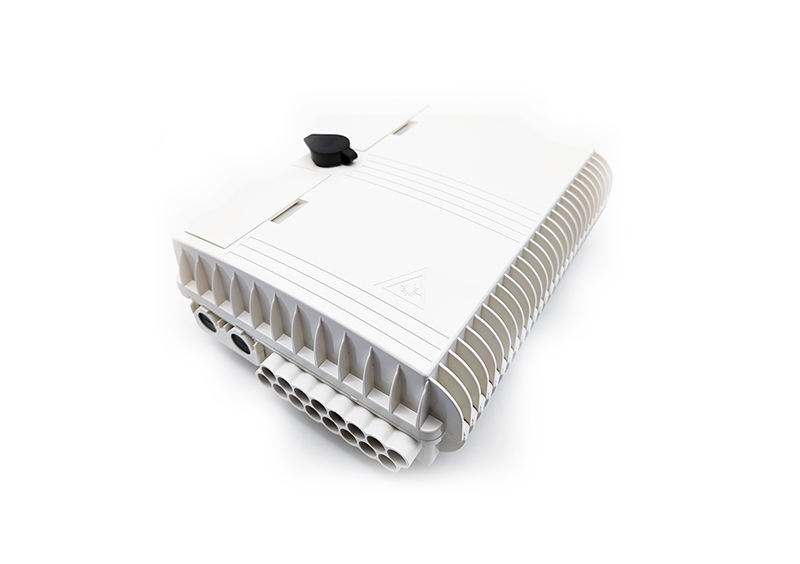In the early 1990s, when the application of Gigabit Ethernet technology, the fiber transceiver has been used in the data center, but it is generally applied to long -distance transmission, especially for a long distance of more than 300 meters. The advantage is more obvious. With the popularity of 10GB/S, fiber transceivers are also applied to a shorter distance, even at a distance of 10 meters. In 2011, the shipments of 10GB/S Ethernet transceiver will exceed 50,000. Compared with the traditional transceiver, the power of the fiber transceiver is only 1 watt, and the power of the traditional transceiver will reach 10 watts. Only this item will save $ 17 million a year for the data center. If optical fibers can be used in large -scale data centers, including servers, switches, and other network facilities, they will save more energy.
After three years of hard work, many companies have announced that in July last year, many companies have announced support for 100GB of Ethernet for IEEE802.3BA from 100 meters to 40 kilometers based on the data center architecture. However, unfortunately, the power of some early transceiver equipment will reach 20 watts, which exceeds the 10 -watt power of the traditional 10GB Ethernet solution. This is because the deployed 100GB Ethernet requires 4 wavelength optical fiber connection paths (4 × 25GB/s). If it is a 10GB/s optical fiber path, the power and complexity will be greater. Now, there is a low -power solution that has received the support of more than 20 companies such as Google, Boke, which can achieve a 10 × 10 version (10GB/s wavelength). The traditional 10GB/s Ethernet is equivalent.

In the future, with the development of photon integration technology, especially the development of silicon optical science, the energy consumption of 100GB/s solution will be less power consumption than 10GB/s. The Wavelength Division Multiplexing (WDM) technology is a light carrier signal of multiple wavelengths in a fiber in a fiber, and each optical carrier can carry multi -way analog or multi -way digital signals through FDM or TDM. Essence Its basic principle is to combine the optical signals of different wavelengths (reused) at different wavelengths, and couple into the same optical fiber on the optical cable line for transmission. At the receiving end, the signals of different wavelengths that are combined together ( Rehabilitation), and further processing, return different terminals after restoring the original signal. From the distance from several meters to 10 kilometers, this technology will be the best choice for data center applications.










